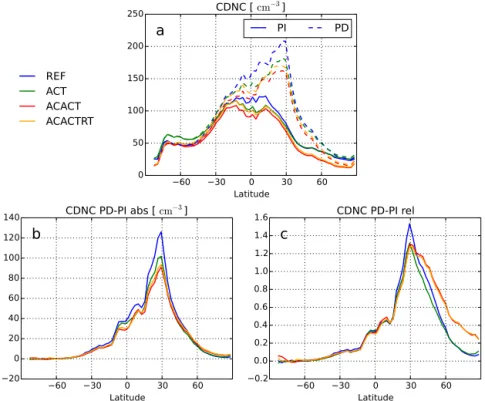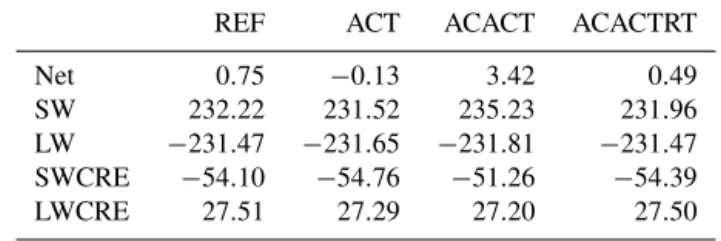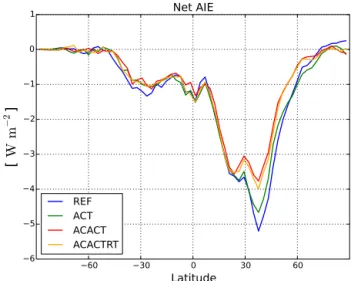Explicit representation of subgrid variability in cloud microphysics yields weaker aerosol indirect effect in the ECHAM5-HAM2 climate model
Texto
Imagem

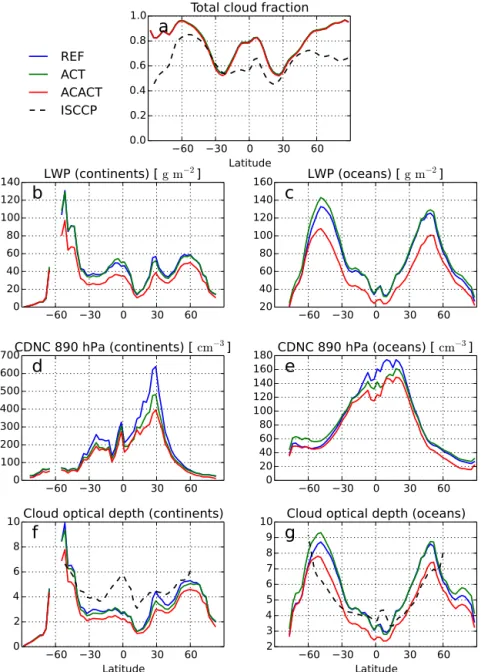
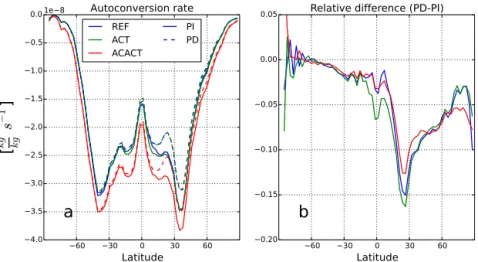

Documentos relacionados
Future prediction of pollution levels in an area depending on past pollution and weather data using machine learning..
This hybrid cloud-microphysical model can be used to validate the results of a bulk parameterization as follows. Kessler’s parameterization was installed in the same kine-
We find that neglecting transport of cloud-borne particles introduces little error, but that diagnosing cloud- borne particles produces global mean biases of 20% and lo- cal errors
P ¨oschl, U.: Aerosol- and updraft-limited regimes of cloud droplet formation: influence of par- ticle number, size and hygroscopicity on the activation of cloud condensation
Figure 20 shows the vertical distribution of the time- and area-averaged condensation and the conversion of cloud liquid water to rain (i.e. autocon- version + collection of
We use a global aerosol microphysics model to estimate the effect of particle formation through activation nucleation in the boundary layer (BL) on cloud droplet num- ber
The number of aerosols that eventually activate into cloud droplets depends on the aerosol concentration, size distribution and chemical properties and on the updraft ve- locity,
This is just to show that we believe that this cloud layer should not belong to the category of very thin cloud layers, thus assuring that it will not be included in subsequent
